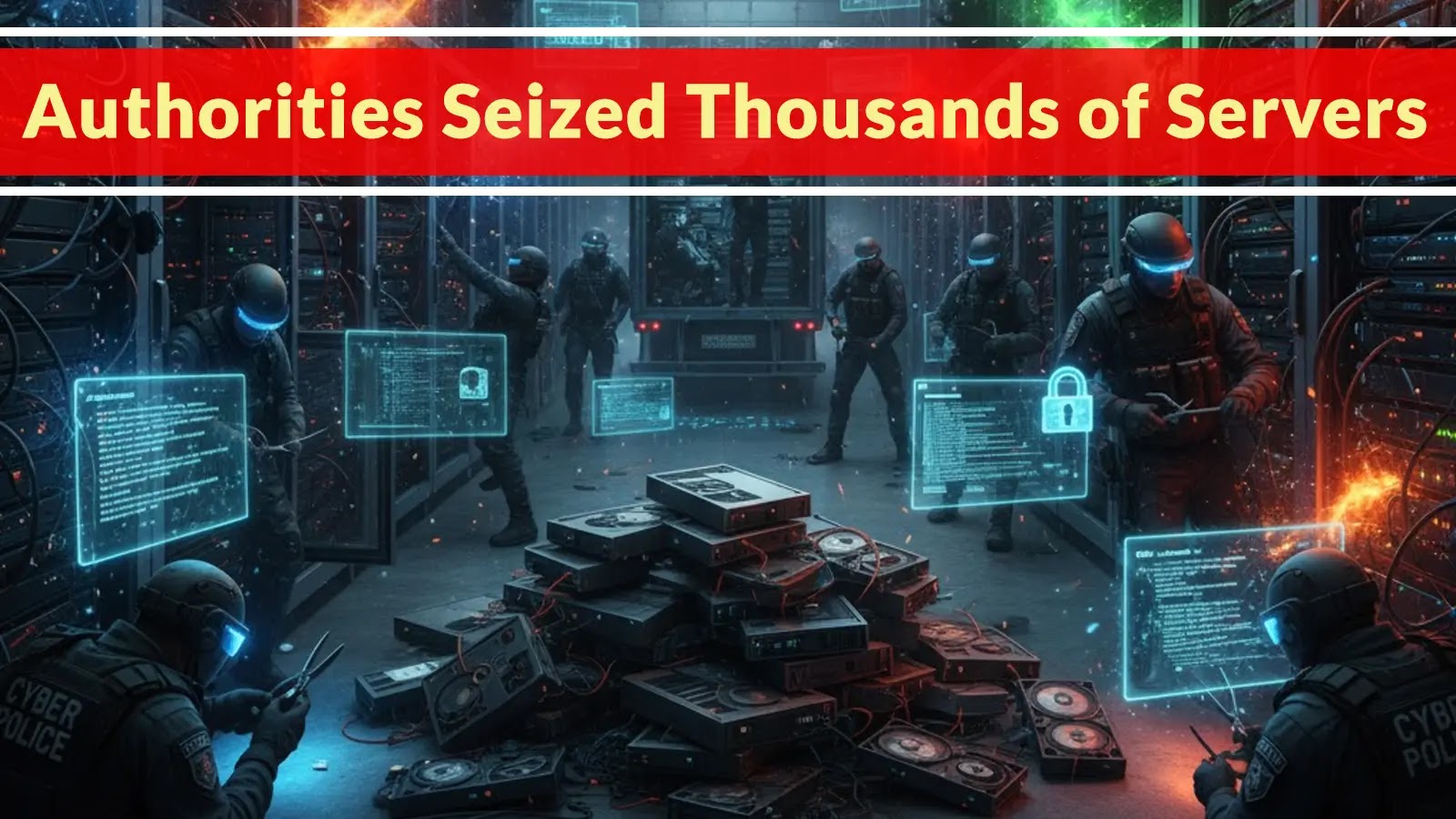In today’s rapidly evolving digital landscape, cyber threats have become increasingly sophisticated, often disguising themselves as legitimate network traffic. According to CrowdStrike’s 2025 Global Threat Report, nearly 80% of detected threats now employ malware-free techniques that mimic normal user behavior, making them particularly challenging to identify. Traditional security measures, such as firewalls and endpoint detection and response (EDR) systems, are struggling to keep pace with these advanced tactics.
The Limitations of Traditional Security Measures
Firewalls and EDR solutions have long been the cornerstone of organizational cybersecurity. However, their effectiveness is diminishing in the face of modern attack strategies. Verizon’s latest Data Breach Investigations Report highlights a significant increase in breaches at edge devices and VPN gateways, rising from 3% to 22%. This surge underscores the inadequacy of conventional defenses against sophisticated threats.
EDR systems, while valuable, often fall short in detecting zero-day exploits, living-off-the-land techniques, and malware-free attacks. These methods allow adversaries to operate undetected by leveraging legitimate tools and processes within the network. The stark reality is that as threat actors adapt their strategies, traditional detection methods are no longer sufficient.
The Emergence of Network Detection and Response (NDR)
In response to these evolving threats, Security Operations Centers (SOCs) are adopting a multi-layered detection approach that incorporates Network Detection and Response (NDR) solutions. NDR provides comprehensive visibility into network traffic, enabling the detection of malicious activities that may bypass endpoint-based solutions. Unlike EDR, NDR operates without the need for agent deployment, effectively identifying threats that misuse common techniques and legitimate tools.
Building a Multi-Layered Detection Strategy
To enhance resilience against sophisticated cyber threats, elite SOCs are implementing a multi-layered detection strategy centered on network insights. This approach consolidates detections into a single system, streamlining management and allowing teams to focus on high-priority risks. The strategy comprises several layers:
1. The Base Layer: This foundational layer employs signature-based network detection and threat intelligence to rapidly identify known threats and attack patterns. Utilizing industry-leading signatures, such as those from Proofpoint ET Pro running on Suricata engines, enables quick response times. Threat intelligence, composed of indicators of compromise (IOCs), looks for known network entities observed in actual attacks, offering swift detection.
2. The Malware Layer: Serving as a protective barrier, this layer focuses on detecting malware families through methods like YARA rules—a standard for static file analysis in the malware analysis community. This approach is crucial for identifying polymorphic malware that alters its signature while retaining core behavioral characteristics.
3. The Adaptive Layer: The most sophisticated layer utilizes behavioral detection and machine learning algorithms to identify known, unknown, and evasive threats. This includes detecting activities like domain generation algorithms (DGAs), command and control communications, and unusual data exfiltration patterns. Behavioral detection remains effective even when attackers change their IOCs or components of the attack.
The Importance of Network Visibility
Achieving comprehensive network visibility is paramount in detecting and mitigating sophisticated cyber threats. NDR solutions provide this visibility by monitoring network traffic for anomalies and suspicious activities. By analyzing patterns and behaviors within the network, NDR can identify threats that may evade traditional security measures.
Integrating NDR with Existing Security Infrastructure
Integrating NDR solutions with existing security infrastructure enhances an organization’s overall security posture. By complementing EDR and other security tools, NDR provides a holistic view of the network, enabling more effective threat detection and response. This integration allows for the correlation of data from various sources, improving the accuracy and speed of threat identification.
Conclusion
As cyber threats continue to evolve, organizations must adapt their security strategies to effectively detect and mitigate these risks. Implementing a multi-layered detection approach that includes Network Detection and Response is essential in unmasking hidden threats and safeguarding critical assets. By enhancing network visibility and integrating NDR with existing security measures, organizations can stay ahead of adversaries and protect their digital environments.



